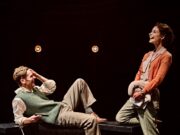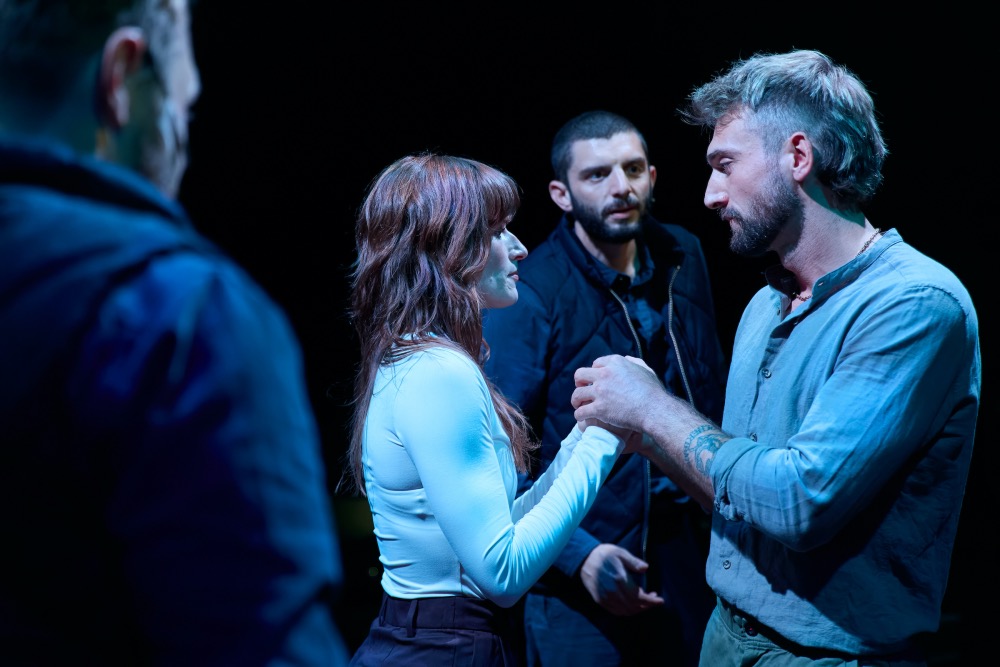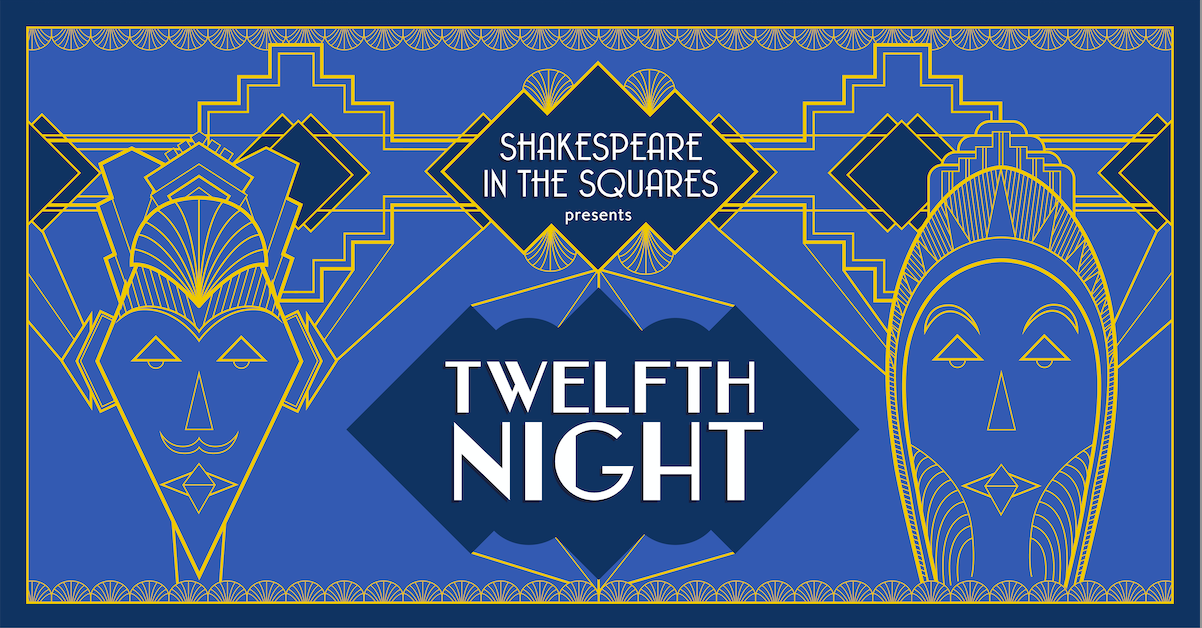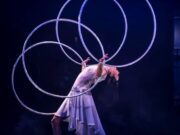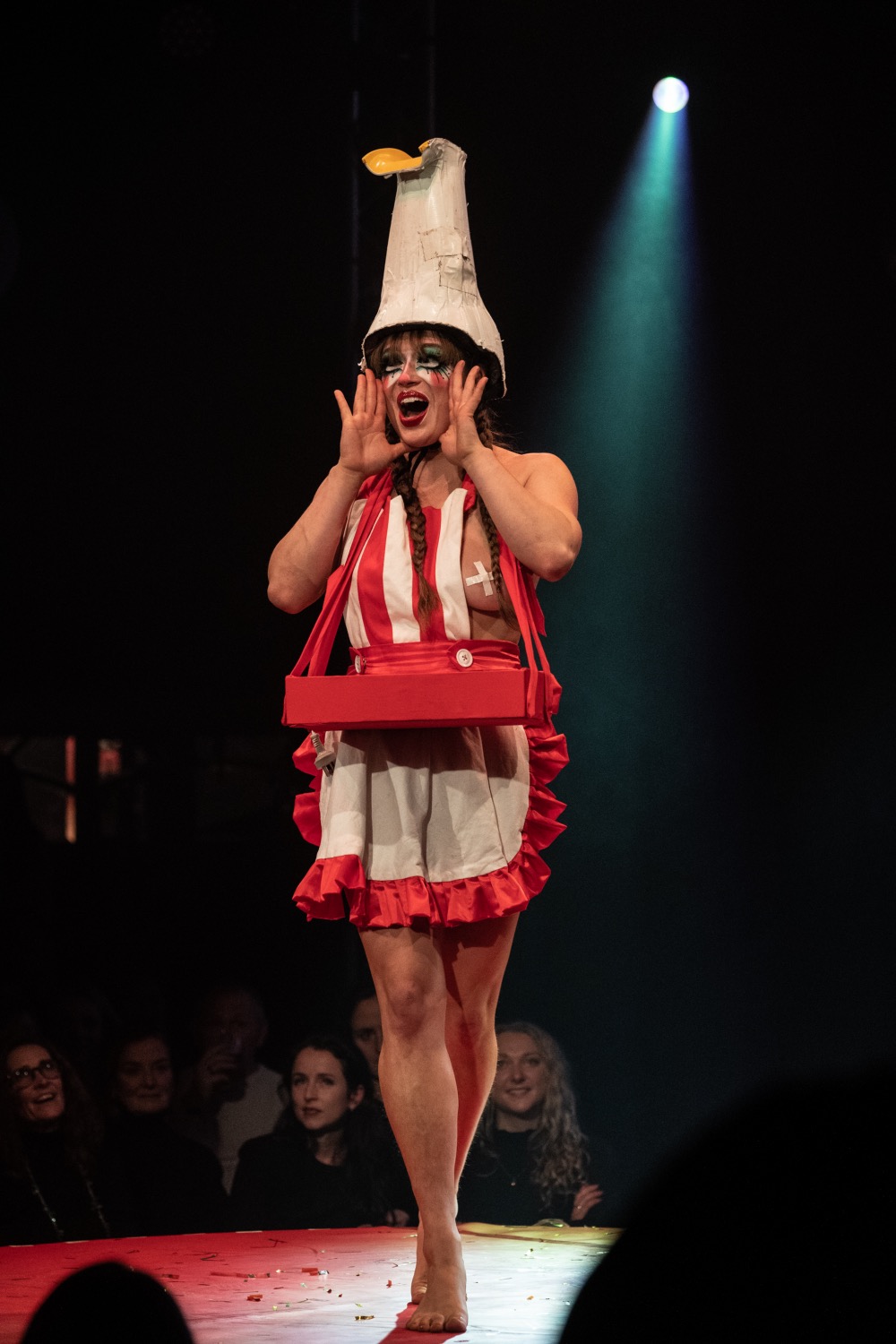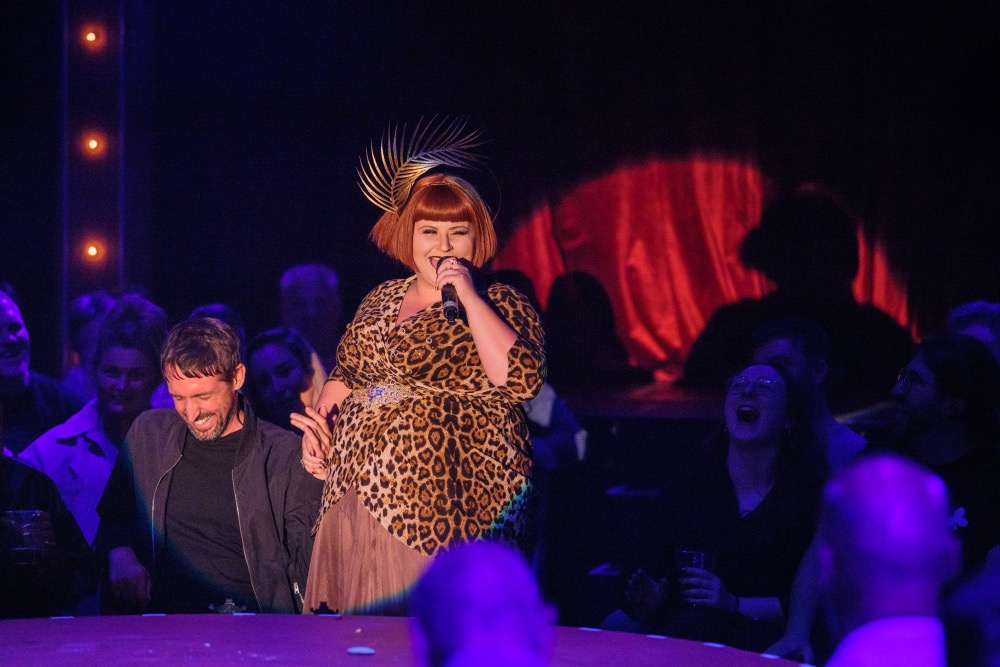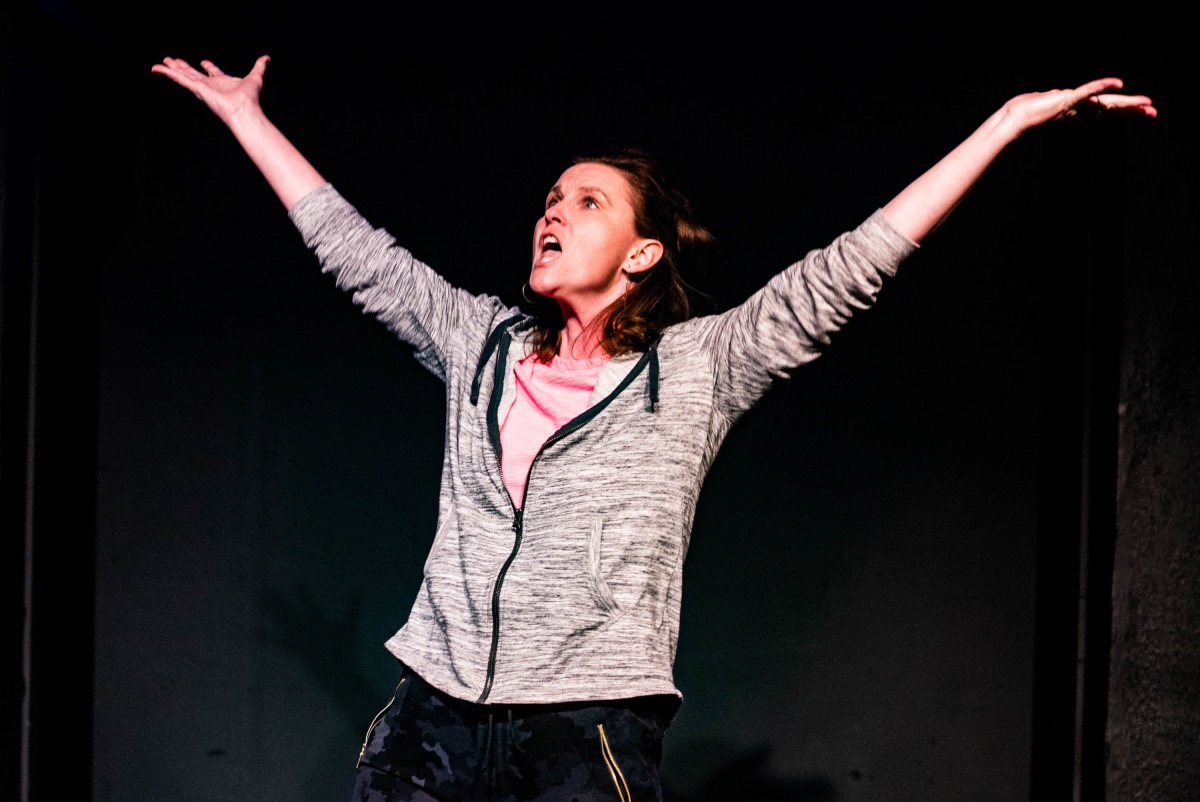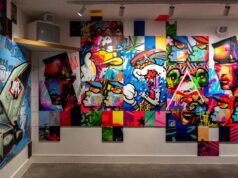Almine Rech London presents Water Drops, the first posthumous exhibition of Korean artist Kim Tschang-Yeul (1929-2021), which opened on March 4, 2021. Spanning the career of Kim Tschang-Yeul’s work, the exhibition was conceived to celebrate the full scope of his artistic legacy.
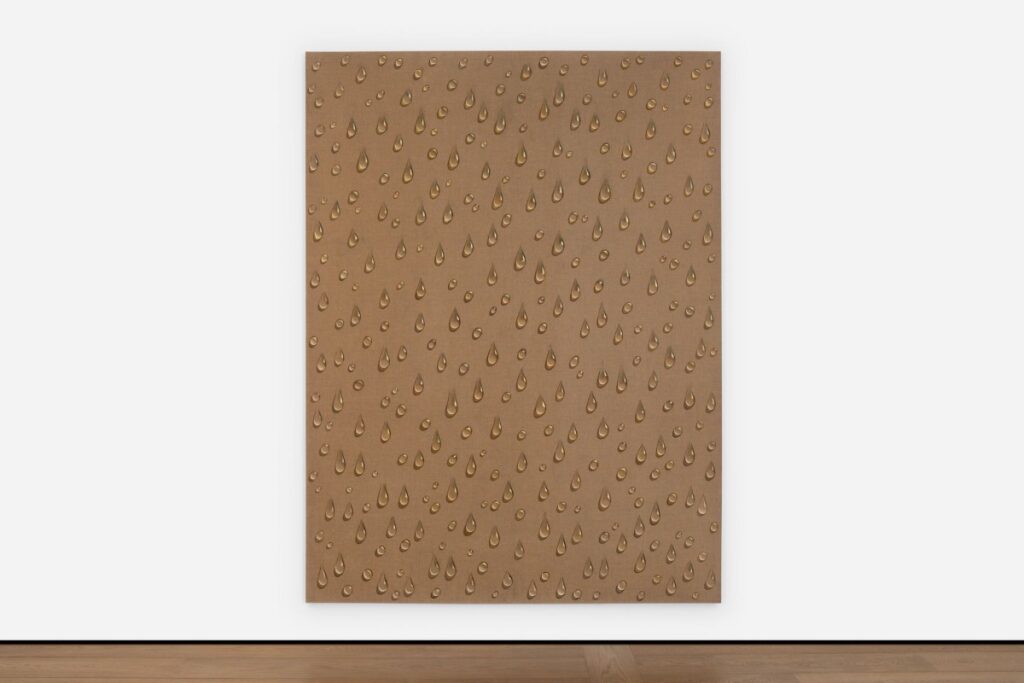
Described as “Glistening, plump and precious”, the hyper-realistic water drops, are synonymous with the Korean artist Kim Tschang-Yeul. His work has a prodigious sensitivity to the poetics of water.
Investing in this water drop motif in 1972, after his relocation to France after a period studying in New York, he never changed course. Kim had a lifelong commitment to the element in its constituent form.
This monogamy to certain motifs is a tendency that seems to unite many of Korea’s avant-garde who took from Art Informel in the early ‘60s, including Ha Chong-Hyun and Park Seo-Bo. In this generation of artists there is a ritualistic devotion to a chosen form, process, and, at times, colour.
Living in a volatile country ravaged by war, one could argue the security of immersion in a singular mode was an empowering choice, and may have been a necessary psychological counterpoint.
Indeed, Kim’s first waterdrop work, Événement de la nuit (1972) was solemn. A stirring dark background was furnished with a tear-like drop. In this polished representation, which held in it a reflection of the moon, a sense of pain, loss and trauma was evoked. Originating as a late-night musing in the studio when Kim noticed a water pattern as he cleaned his canvases, this ‘studio bricolage’ was something of an epiphany.
As Kim’s practice matured, his glassy droplets, in a sense, became a portal. Embedded in each is the promise of a path to healing. Kim has stated that ‘if I tried to make a water drop that was transparent, I would open something up.’
What Kim struck upon in these dewy drops was a confluence of philosophical tenets and personal resonance. It is not just that Kim’s portly orbs are moored to Taoist principles aligning water—an element which gives and expects nothing—with ‘supreme goodness.’ It is also in the process of depicting water that Kim draws on Eastern ideology. To achieve the translucent beads, which sit ripe on the canvas, ready to be swiped, demands the patience associated with Zen Buddhism.
The painterly journey taken to make these drops was a vehicle for Kim’s reclamation of internal peace. He has said that he arrived at a ‘state of release as with Zen Buddhism.’
Each of the works in Water Drops is part of a fastidious observational process. Sponges are soaked and dripped onto canvas, and water is splashed on surfaces, to achieve translucent pellets. At the beginning, these experiments were photographed and scrutinised. Kim dwelt upon the resultant studies, and from them has created a catalogue of cardboard waterdrops.
These mockups are the material with which he deliberated. There was always potential that they may be shuffled about, placed according to the Renaissance Golden Section principles, or organised in a grid before his composition was resolved. And then it is on to paint. Kim’s early adoption of an airbrush gradually gave way to brush painting. Watery pigment is the base, and added to it are flourishes of gold and white.
Kim’s steadfast approach is devoid of ennui. Every painting has a distinct character. Where Waterdrops (1974) is minimal, and signals the Zen concept that ‘one equals all’, Waterdrops (1979) is thrumming. In each work, the waterdrop has a different persona, indicated by the intensity of the form and its interaction with the background and all that surrounds it.
It is in his exploration of wetness that Kim’s visual provocations reach their zenith. Kim sets up visual riddles. Sodden areas of the canvas are mystifyingly disproportionate to the drops close-by. In a work like Water drops (1980) it would be right to challenge the extent of their relationship, and question whether the liquid marks are linked at all.
This is also an exercise in aesthetic disjuncture. In bringing these different visual elements together, Kim deftly melded the worlds of abstraction and realism. The pools of water bear resemblance to an abstract expressionist gesture—intentional and physically involved. Each patch of liquid was created by saturating the back of the canvas with dilute pigment, either sprayed or dabbed with a sponge.
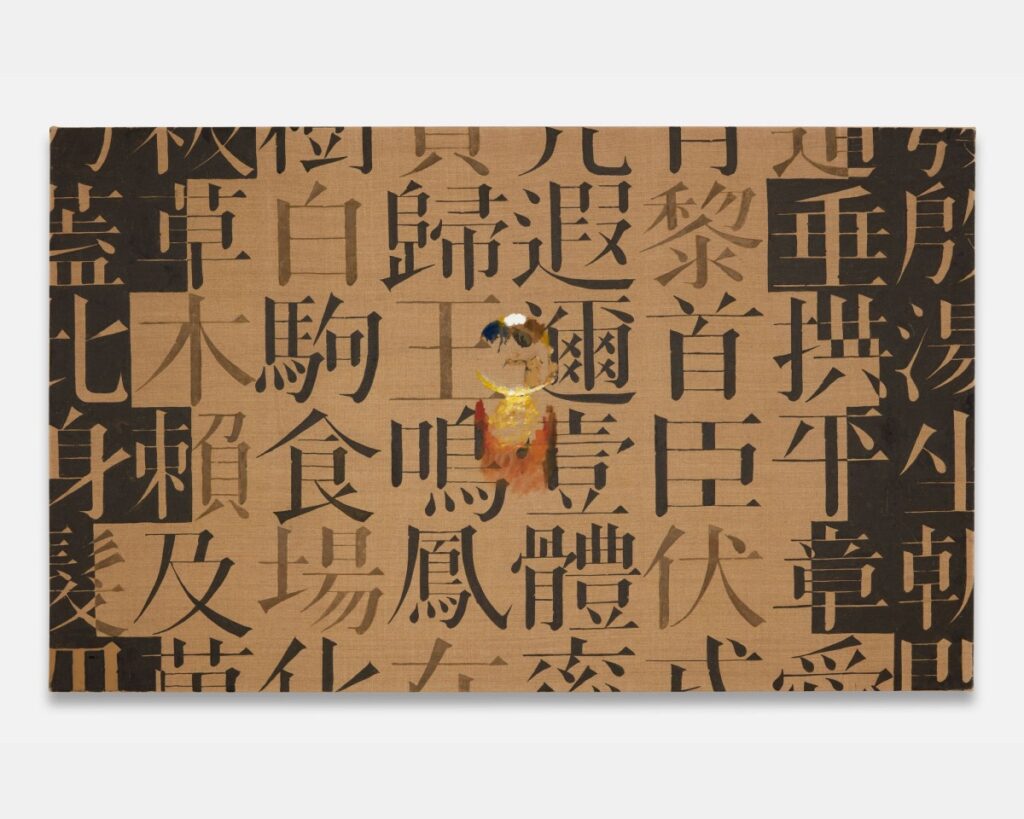
As if sacrificing himself to his chosen form and showing the conviction of a disciple, his dedication is absolute: ‘You do what has to be done with no concept of time, with no concept of finish.’ If time melts away with this form, then Kim’s series should be viewed as one.
Kim’s movement through different phases and the fundamental repetition of the form over an extensive period—some 48 years—is to echo the cycles that are fundamental to Zen Buddhism. Clues are found in his titles: Recurrence is just that. This type of work, characterised by a grid background of calligraphic characters taken from the Chinese text ‘Thousand Character Classic,’ ebb and flow across Kim’s oeuvre.
His work with newspaper is similar, as are his Decomposition pieces. Working in a cyclical pattern, Kim’s styles are picked up, put down, and revisited.
With Kim’s legacy there is no finality or end point in sight because the need to empty out and vanquish the ego is an eternal pursuit that is sought to be attained through the vision of water.
Kim Tschang-Yeul: Water Drops
March 4th – April 10th
2021 Grosvenor Hill, Broadbent House W1K 3JH London UK
T +44 20 72 87 36 44
www.alminerech.com

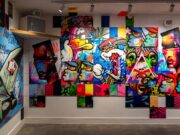
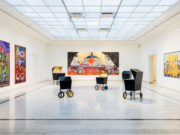

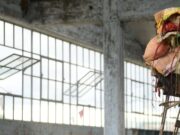
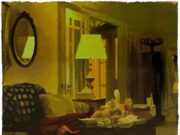



![Antigone [on strike] | Review Ali Hadji-Heshmati and Hiba Medina in Antigone [on strike] at Park Theatre, London. Photo: Nir Segal](https://theartiscapegallery.com/wp-content/uploads/2025/02/Antigone-on-strike-photo-by-Nir-Segal-D1_Standard-180x135.jpg)


